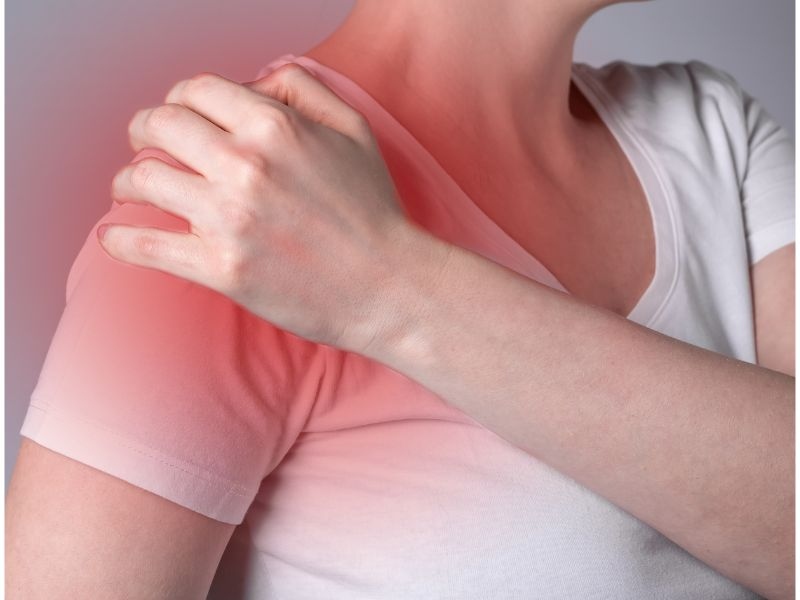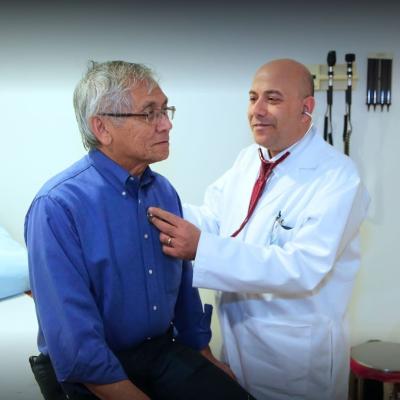In the world today, more than 300 million people have some form of arthritis. That’s almost double the 200 million who suffered from it at the beginning of the 21st century. And according to the World Health
Organization, this number is set to rise even further in the coming years. Arthritis is not just one disease but a collection of over 100 different conditions with similar symptoms, such as joint pain and stiffness. The condition can affect anyone at any age and has no racial or socioeconomic boundaries. Depending on which joint is affected, you may experience different symptoms. Arthritis affects your body in many ways; however, there are also things you can do to help manage your condition and improve your quality of life. Here’s how arthritis affects your body.
What is arthritis?
Arthritis is the term used to describe joint inflammation and breakdown. There are different types of arthritis, and each type causes different symptoms. Arthritis can be described as a degenerative condition that affects the joints. It is usually associated with old age, but it can also affect younger people who have specific autoimmune diseases. There are many different types of arthritis, including osteoarthritis, rheumatoid arthritis, psoriatic arthritis, and gout. Rheumatoid arthritis is the most common form of arthritis, affecting around 1 in every 100 people. Arthritis can affect any joint in the body, but it most commonly affects the knees, hips, hands, and spine. The joint inflammation associated with arthritis causes the lining of the joints to become damaged.
Why does arthritis happen?
The exact cause of arthritis is unknown, and it is likely caused by a combination of factors. It is thought that both environmental and genetic factors play a part. Arthritis often runs in families, and there are some types that are more common in certain ethnic groups. Others may develop arthritis as a result of an injury or infection.
Affected joints
Arthritis can affect your joints in many different ways. It can cause swelling, stiffness, and pain in your joints, as well as making them prone to injury. It can affect the joints in your knees, hips, hands, and spine, and can cause problems in your fingers and toes. Depending on which joints are affected, you might be able to manage your condition with self-management techniques. Or you may need to take medication to relieve pain and inflammation and to prevent further damage.
Pain and stiffness
Pain and stiffness are very common symptoms of arthritis. Pain is usually felt in the joint itself, and may be worse after activities that put pressure or weight on the joint. Painkillers, such as paracetamol, can help relieve this pain. Stiffness in your joints is something that many people with arthritis experience. It can make moving more difficult and painful. Stiffness is often worse in the mornings and after you have been sitting for a long time.
Everyday activities
In most cases, arthritis is manageable with the right treatment and self-management techniques. However, sometimes you may need to make adjustments to your lifestyle to avoid putting pressure on your joints. A doctor’s advice is recommended before you make any changes to your lifestyle. There are a few things you can do to help ease the stress on your joints while performing daily activities. You should avoid climbing stairs whenever possible and sit whenever you can. You can also use aids like a seat or a cane to help with stability if your joints are painful.
EMG and nerve testing
If you have been diagnosed with arthritis, your doctor may suggest you undergo electrodiagnostic studies. This helps to detect and localize the source of the pain. It can also indicate the level of impairment of a given muscle group. Electromyography is a common and non-invasive procedure used to evaluate nerve and muscle function. A small sensor is attached to the skin over the muscles being tested. An electrical current is run through the sensor and into the muscle. This can help detect problems like muscle weakness or muscle damage.
Ankle and knee replacements
If arthritis is left untreated, it can cause significant joint damage and limit your ability to walk and perform daily activities. In extreme cases, surgery may be the only option left. This can be a last resort, but you may need to consider it if your joints have become too damaged and painful to treat with medication alone. Ankle and knee replacements are one of the most common and effective surgical procedures performed on people with severe arthritis. They are designed to replace the damaged parts of the joints with synthetic parts that function like normal, healthy joints.
Conclusion
Arthritis is a condition that affects millions of people. This is caused by inflammation or damage to the joints and can be very painful. There are many different types of arthritis, and each causes different symptoms. Arthritis can affect any joint in the body, and the most common joints affected are the knees, hips, and hands. There are many things you can do to ease the pain and inflammation associated with arthritis and make your life easier. These include taking medication, making adjustments to your daily activities, and seeking medical help if necessary.










 And then Add to Home Screen.
And then Add to Home Screen.